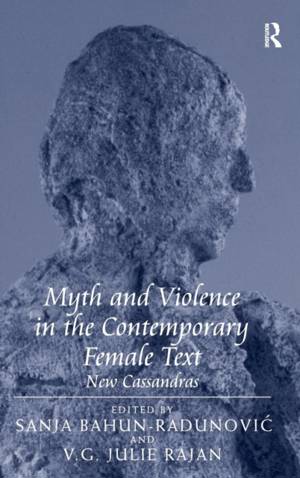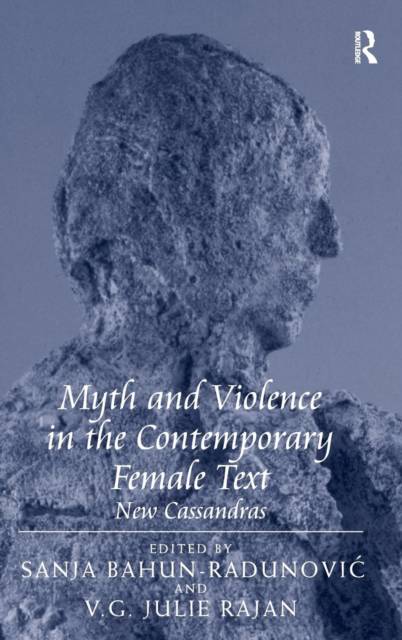
- Afhalen na 1 uur in een winkel met voorraad
- Gratis thuislevering in België vanaf € 30
- Ruim aanbod met 7 miljoen producten
- Afhalen na 1 uur in een winkel met voorraad
- Gratis thuislevering in België vanaf € 30
- Ruim aanbod met 7 miljoen producten
Zoeken
€ 290,45
+ 580 punten
Uitvoering
Omschrijving
How various mythologies challenge, enable, and inspire women artists and activists across the globe to communicate personal and historical experiences of violence is the central concern of this collection. Beginning with the observation that twentieth- and twenty-first century female writers and artists often use myth to represent their social and artistic struggles, the distinguished international scholars and writers consider mythic fabulations as spaces for contested meanings and resistant readings. The identified resistance of the mythic material to repression-working, as it were, in opposition to another celebrated drive/role of myth, that of containment-makes the use of myth particularly stimulating for twentieth-century and contemporary female artists; and it is an interest in the aesthetic and political consequences of such resistances that animates this book. Exemplifying the diverse types of engagement with myth and femininity, literary criticism, discussions of film and art, artwork, as well as original creative writing, could all be found within the boundaries of this innovative volume. Femininity, myth, and violence are here explored in contexts such as female mythopoiesis in the early twentieth century; the politics of representation in contemporary writing; revision of old myths; and creation of new myths in multicultural female experiences. Keeping the focus on the actual works of art, the editors and contributors offer scholars and teachers an inclusive way to approach literature and the arts that avoids the limits imposed by genre or national and regional boundaries.
Specificaties
Betrokkenen
- Auteur(s):
- Uitgeverij:
Inhoud
- Aantal bladzijden:
- 228
- Taal:
- Engels
Eigenschappen
- Productcode (EAN):
- 9781409400011
- Verschijningsdatum:
- 28/05/2011
- Uitvoering:
- Hardcover
- Formaat:
- Genaaid
- Afmetingen:
- 156 mm x 234 mm
- Gewicht:
- 503 g

Alleen bij Standaard Boekhandel
+ 580 punten op je klantenkaart van Standaard Boekhandel
Beoordelingen
We publiceren alleen reviews die voldoen aan de voorwaarden voor reviews. Bekijk onze voorwaarden voor reviews.











